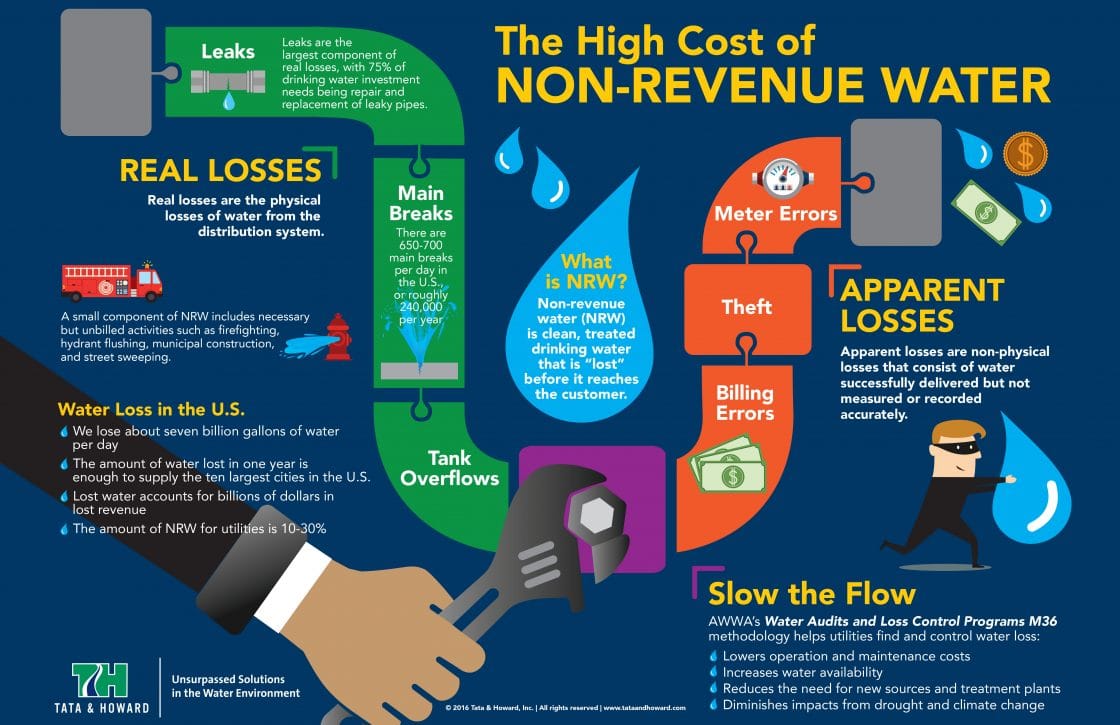To secure your home from possible costly repair work, identifying roofing damage early is critical. By watching out for subtle indicators like missing shingles or water stains, you can catch problems prior to they worsen. Yet what about https://www.wilx.com/2021/01/27/elieff-brothers-roofing-gives-some-great-advice-for-homeowners-looking-to-get-a-new-roof/ overlooked areas that could mean surprise issues prowling over you? Keep tuned to discover key ideas for finding roofing system damages before it escalates into a major migraine.
Early Warning Signs
Identifying roofing system damage early can save you time and money. One key early warning sign to watch out for is missing or harmed tiles. If you see any type of shingles that are split, crinkling, or totally missing, it's vital to attend to the issue immediately. These harmed tiles can leave your roof susceptible to leakages and more damages.
roofers in san antonio tx to seek is water discolorations on your ceiling or walls. These stains can show a leak in your roofing system that requires instant attention. Overlooking these water discolorations can cause a lot more comprehensive and pricey fixings down the line.
Furthermore, be on the lookout for any type of indicators of drooping or sagging areas on your roof, as this might show architectural damages that requires to be repaired without delay.
Outside Assessment Tips
Frequently evaluating the exterior of your roof covering is important for keeping its stability and identifying potential damages early. Start by analyzing the tiles-- try to find any kind of missing out on, cracked, or crinkling tiles, as these can be signs of roof damages.
Check the rain gutters for granules from the tiles, as excessive granule loss might represent aging or weathering. Take notice of the flashing around vents, chimneys, and skylights, ensuring they're tightly sealed and without splits.
Search for indications of moss, algae, or mold growth, as these can result in roofing damage if not attended to quickly. Furthermore, inspect the fascia and soffits for any kind of water spots or rot, which might indicate water damages.
Last but not least, assess the general problem of your roof from the ground, seeking any type of drooping locations or recognizable dips. By performing these exterior assessments frequently, you can catch roof covering damages early and prevent it from developing into a major problem.
Interior Red Flags
When examining your roofing for prospective damage, do not forget the relevance of examining the inside of your home. Interior warnings can frequently be early signs of roof problems that need interest.
Start by analyzing your ceilings for any type of water spots or staining, as these might indicate a leak in the roof covering. An additional crucial location to evaluate is the attic, where indications of water damage, mold, or mold may indicate a roof covering problem.
Pay close attention to any mildewy odors or an obvious rise in humidity degrees, as these can also be indications of water invasion from a harmed roofing system. In addition, sagging locations in the ceiling or wall surfaces should be taken seriously, as they could be an outcome of water damages deteriorating the structure.
If you see any of these interior warnings, it's critical to have a professional roofing contractor analyze the circumstance without delay to avoid further damages and expensive repair work.
Conclusion
By remaining vigilant and on a regular basis checking for very early indication of roof covering damage, you can avoid small issues from turning into significant problems. Keep website out for missing out on or damaged shingles, water discolorations on ceilings or walls, and any kind of sagging or drooping locations on the roofing system. By addressing these problems quickly, you can conserve on your own from costly repair services and ensure your roof covering stays in good condition for several years to come. Stay aggressive and secure your home from prospective damage.
